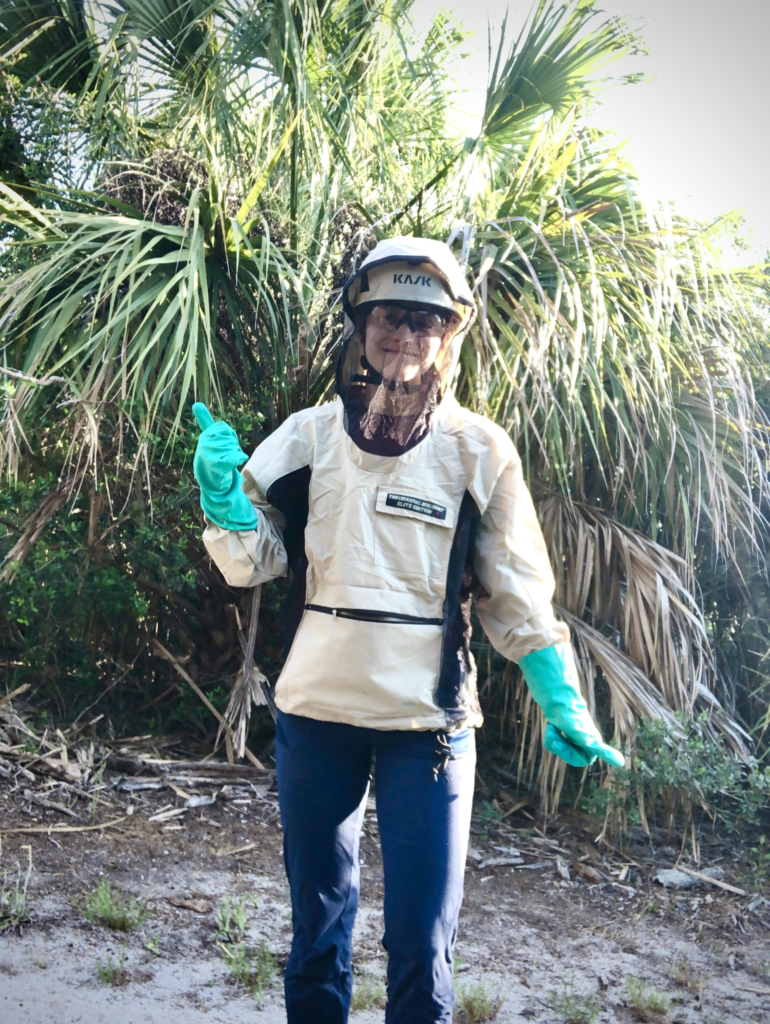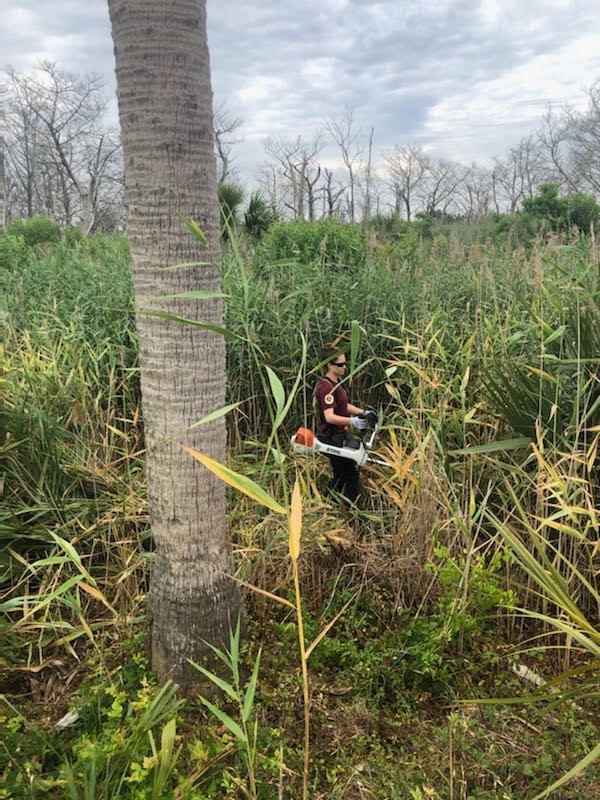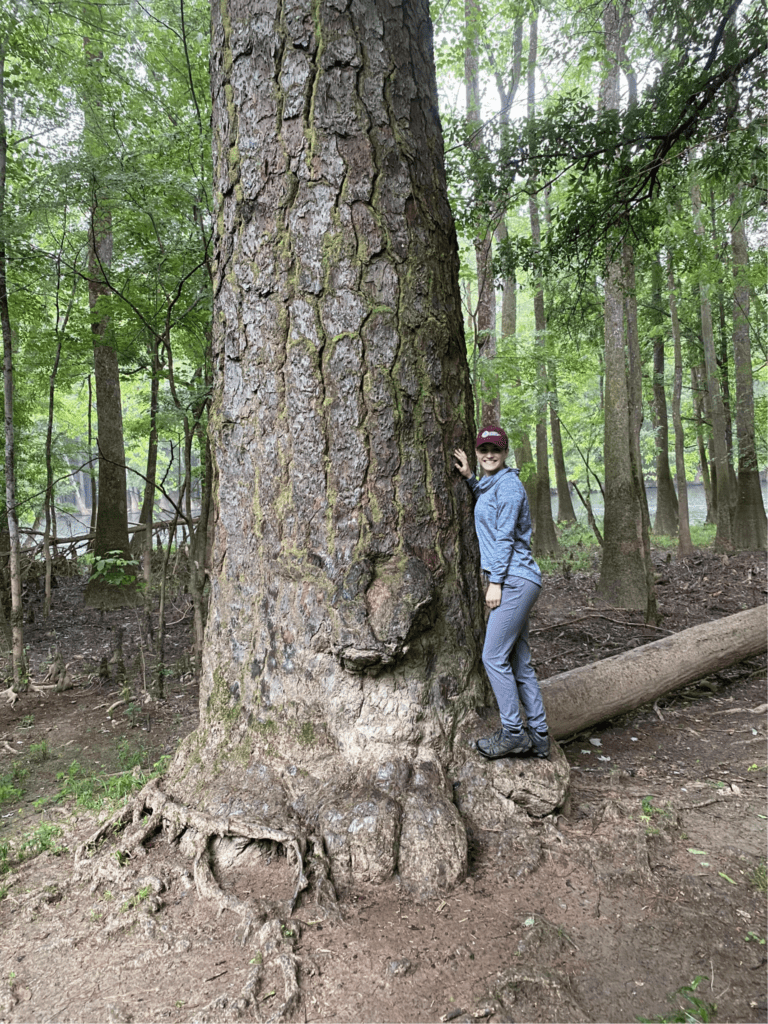Written By Isabella Hackney
The start of June marks the halfway point of my Invasive Plant Management Internship at Fort Pulaski. To commemorate this milestone, I would like to reflect upon the projects that I have taken part in.
On a daily or weekly basis, the Invasive Plant Management (IPMT) team and I conduct inspections of the grounds for any pests, invasive plants, weeds or hazardous trees. Should any of the previously mentioned suspects be spotted, a plan to tackle them is developed and executed. For example, we regularly utilize Amdro on Fire Ant hills to mitigate their presence in high-trafficked areas. Yellow Jackets will be treated with Bee Bopper when they are identified in order to protect visitors and staff. Invasive plants such as Tallow, Lantana and Privet will be strategically dealt with according to their size, location and susceptibility to herbicides. Treatments such as cut-stumping and/or foliar spraying are available for these invasive plants. It is also quite common to partake in grounds care work when needed.

In addition to routine assignments, there are currently several long-term projects involving the IPMT team on Fort Pulaski. Our main responsibility is treating large, wide-spread stands of Phragmite on the island. Every two to three weeks, sections of the stands will be backpack sprayed with herbicide. Once the treated sections begin to die, they are brush cut, and the process will begin again until an entire stand is eliminated. I have also gotten to be involved in planning re-seeding the terreplein. I assisted Candice (my worksite supervisor) on creating a scope of work, timeline, work plan and job-hazard analysis for the project. The physical reseeding of the terreplein has yet to begin, however I anticipate further involvement in the near future. Third, we have been participating in a Horseshoe Crab project which entails relocating any Horseshoe crabs on the shoreline back into the water unless they are actively nesting. This project will continue until their mating season commences. Next, the IPMT team has been deploying and reviewing wildlife cameras on a bi-weekly basis to monitor animal whereabouts on the island. Several species of wildlife have been captured via our wildlife cameras including deer, coyotes, racoons and various birds.

Finally, I would like to highlight various skills I have gained over the past six weeks. Within the first few days on-site, I learned proper herbicide and pesticide handling techniques, including how to mix them according to their container and target species. Next, through exposure, I acquired plant identification knowledge and learned how to distinguish between the island’s native and non-native plants. Also, I have slowly been taught how to use several pieces of essential equipment, including brush cutters, weed-wackers, pole saws, and leaf blowers. Currently, I am going through the National Park’s “Sawyer Level” chainsaw certification class. I have passed the written assessment and will complete the field assessment in the coming week(s). TrailSafe objectives and the importance of personal protective equipment has been emphasized relentlessly during my time at Fort Pulaski.

Learn more about American Conservation Experience.
